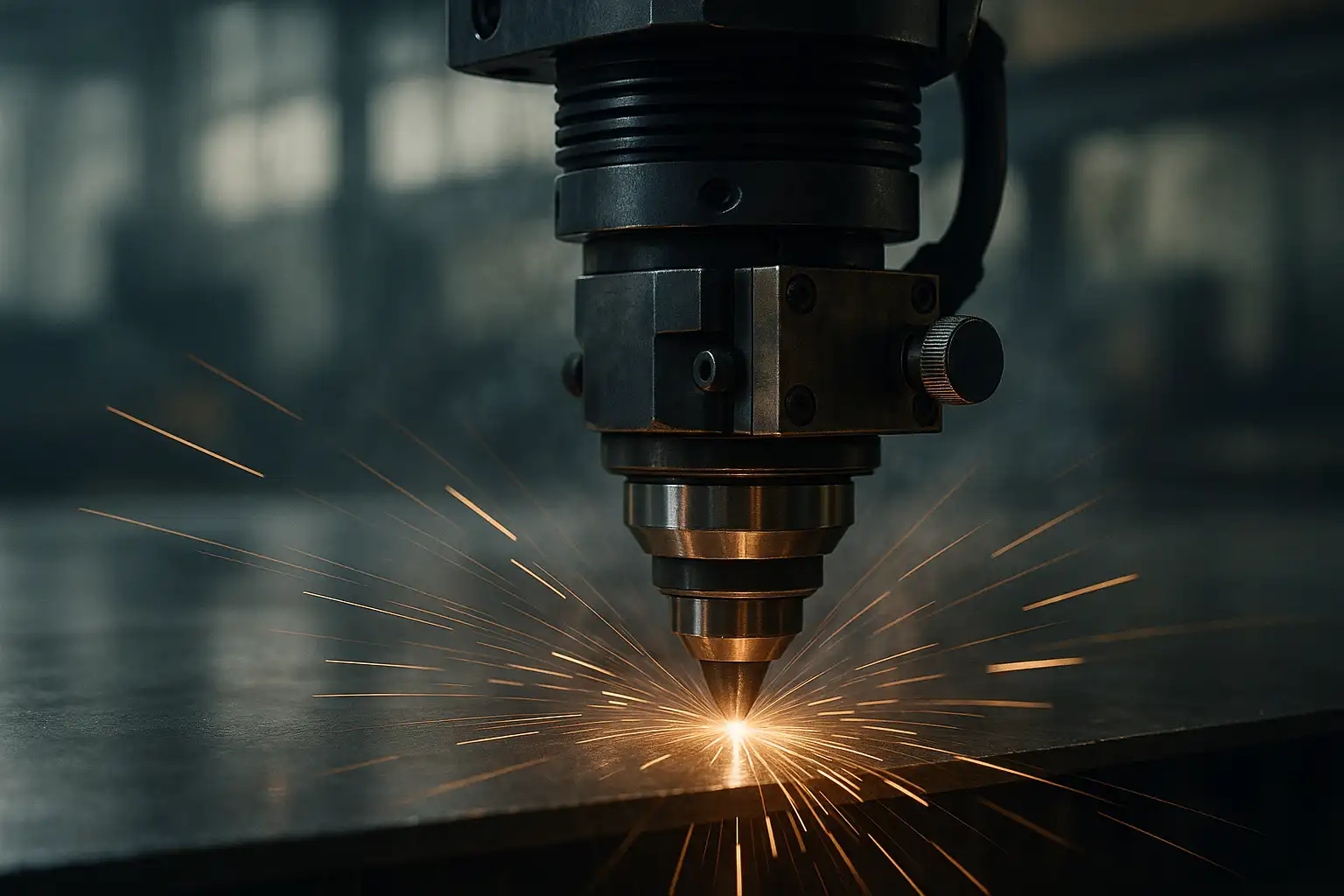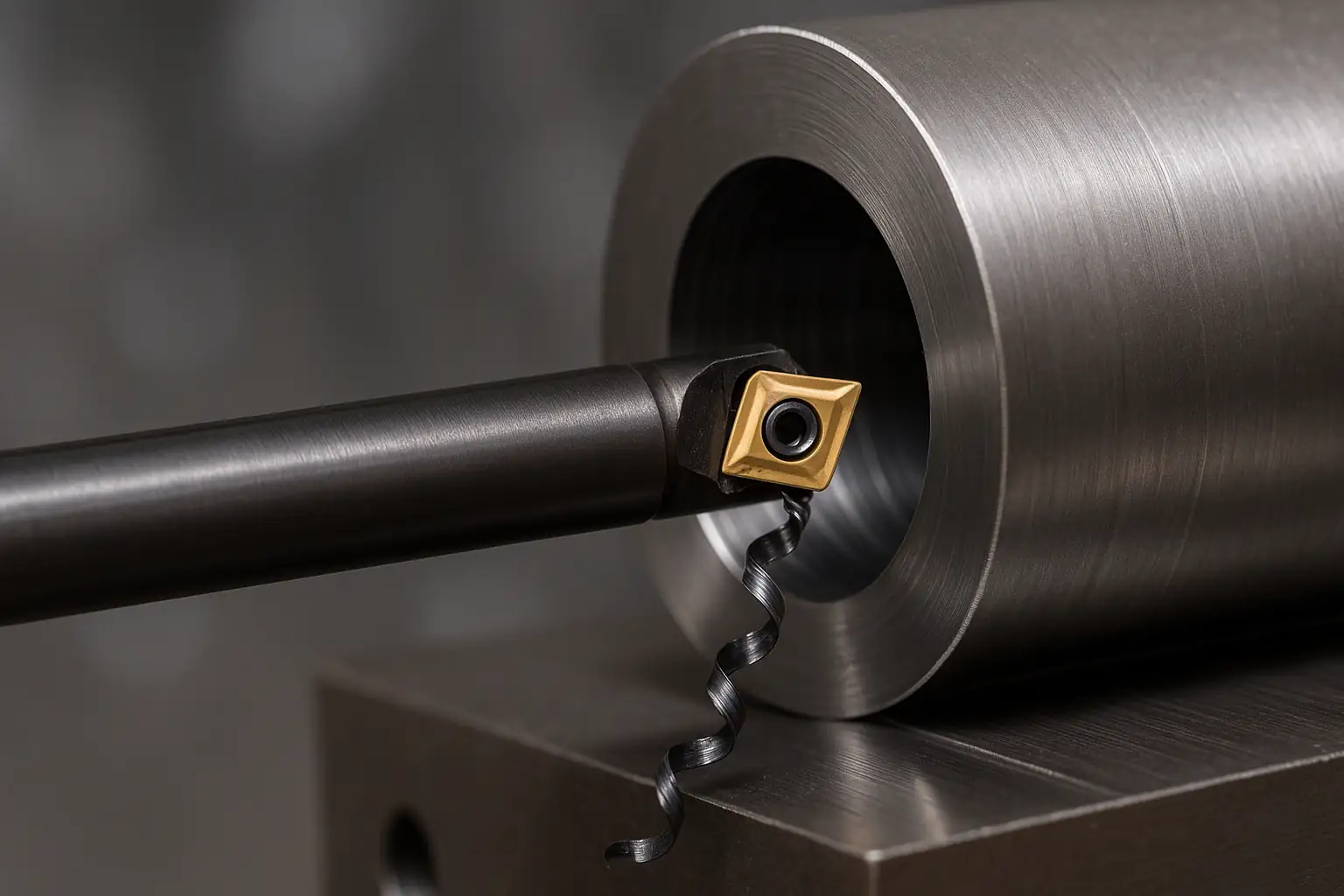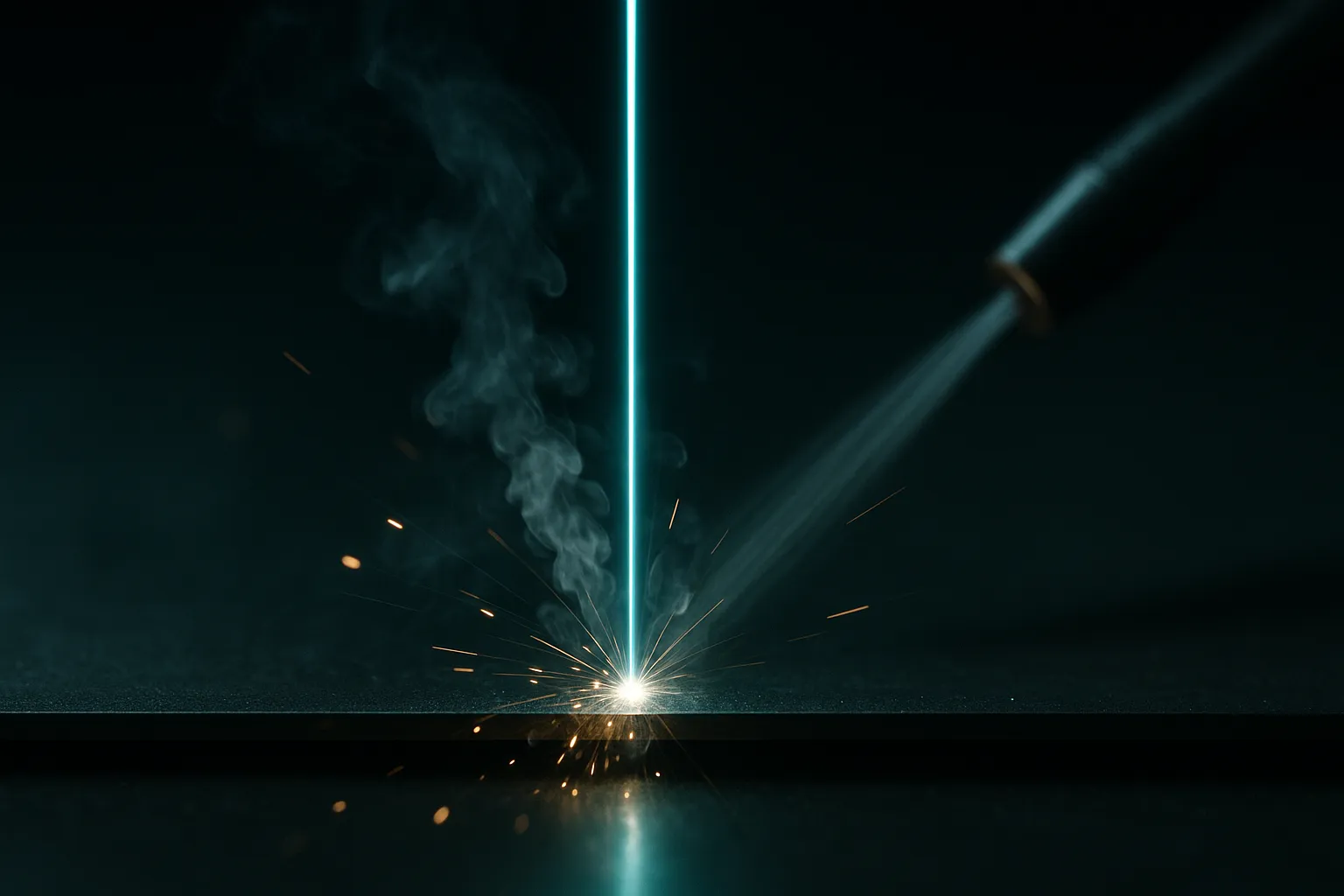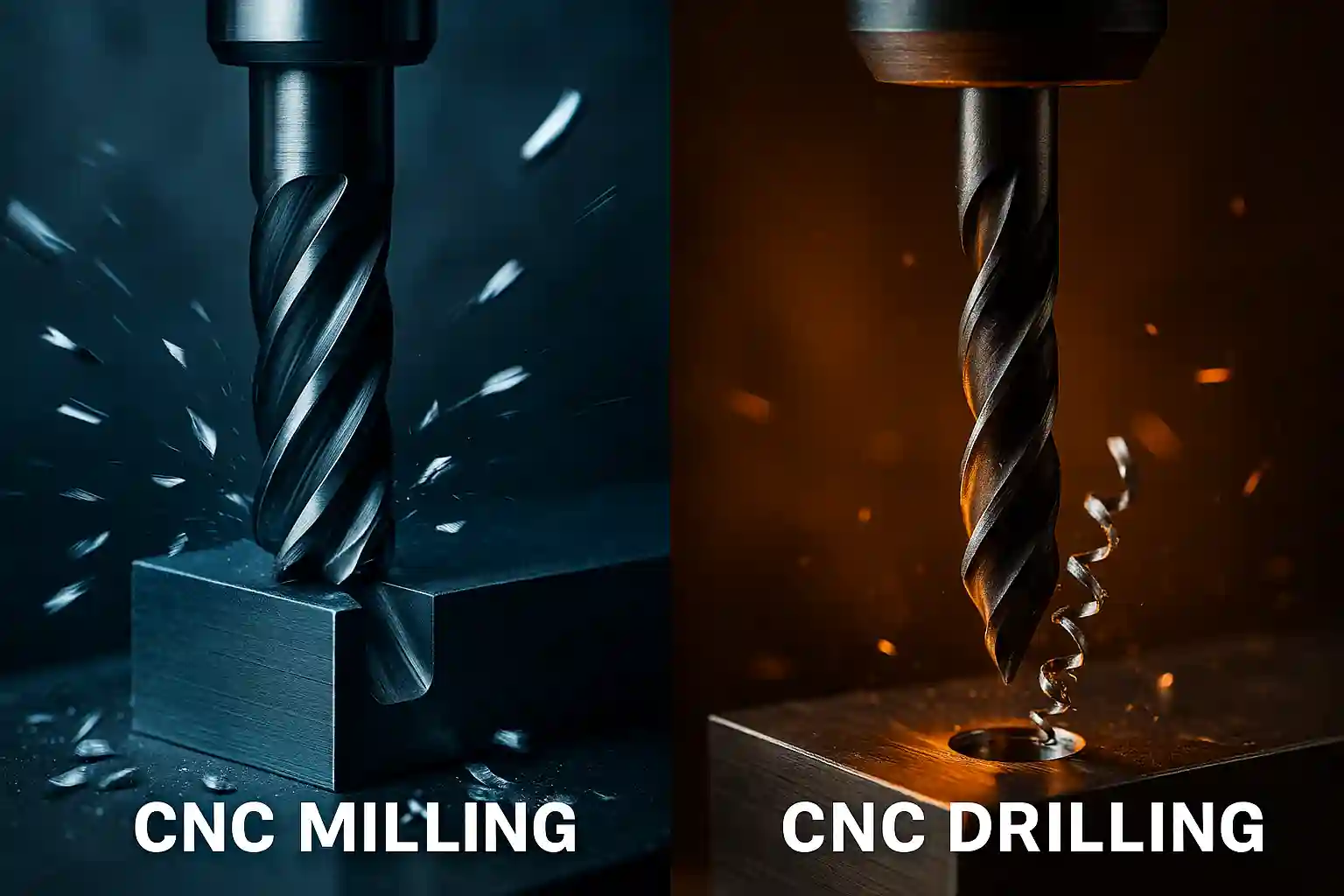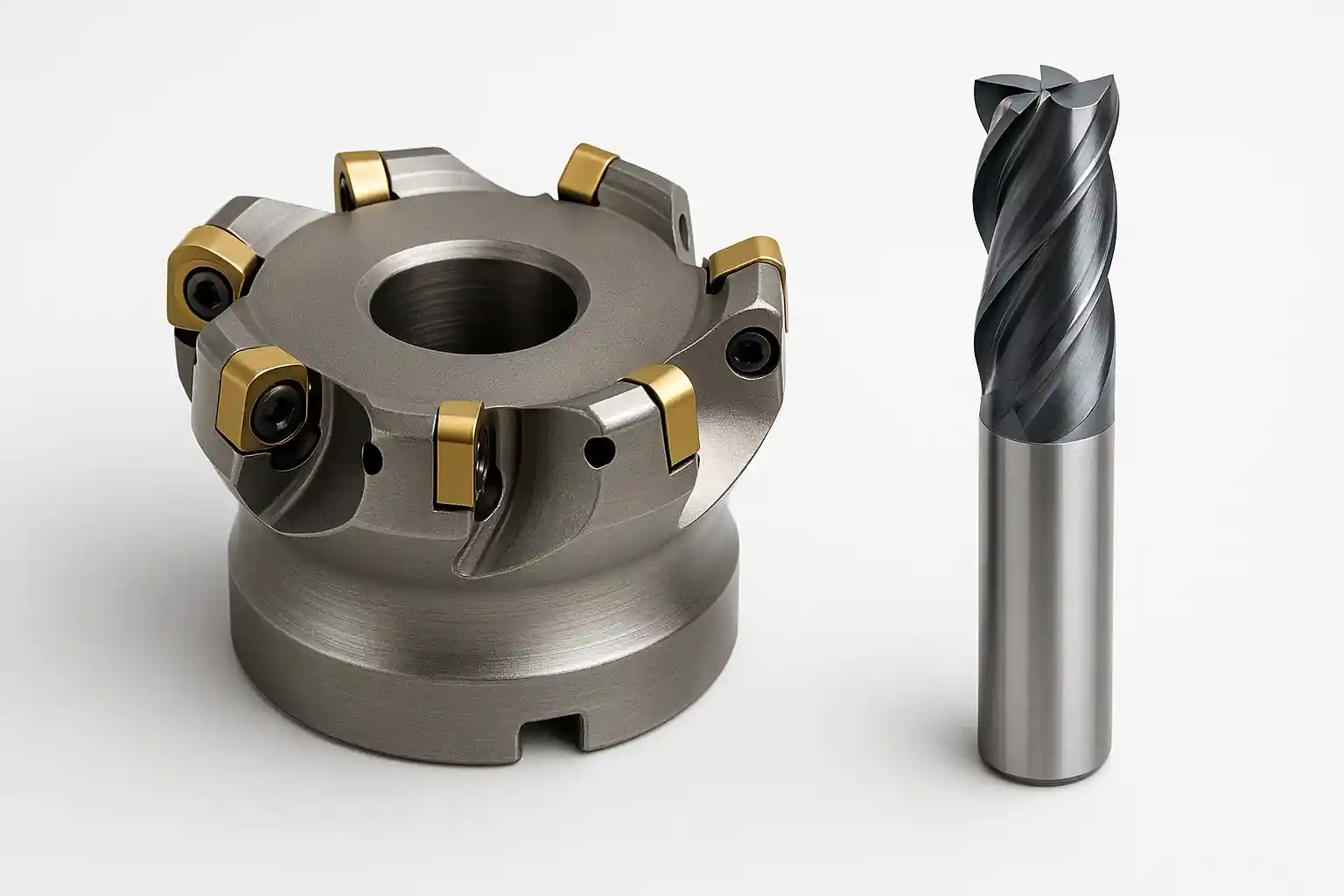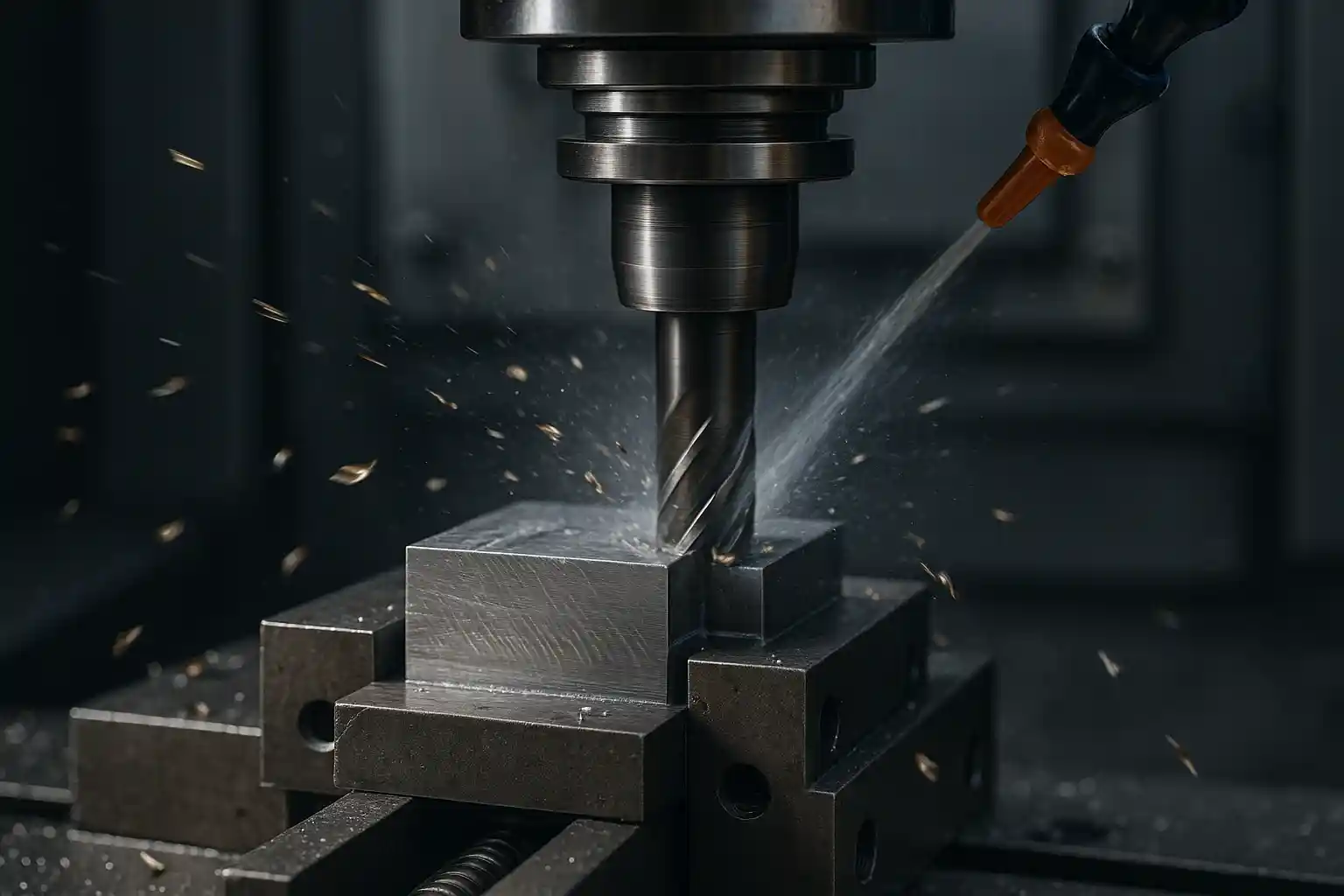Laser Cutting: Process Principles, Advantages, and Industrial Applications
Laser cutting is a high-precision manufacturing process that uses a focused laser beam to melt or vaporize material along a defined path. It delivers exceptional accuracy, edge quality, and processing speed across metals and non-metals, making it one of the most efficient methods for modern sheet fabrication and component production.
Read article